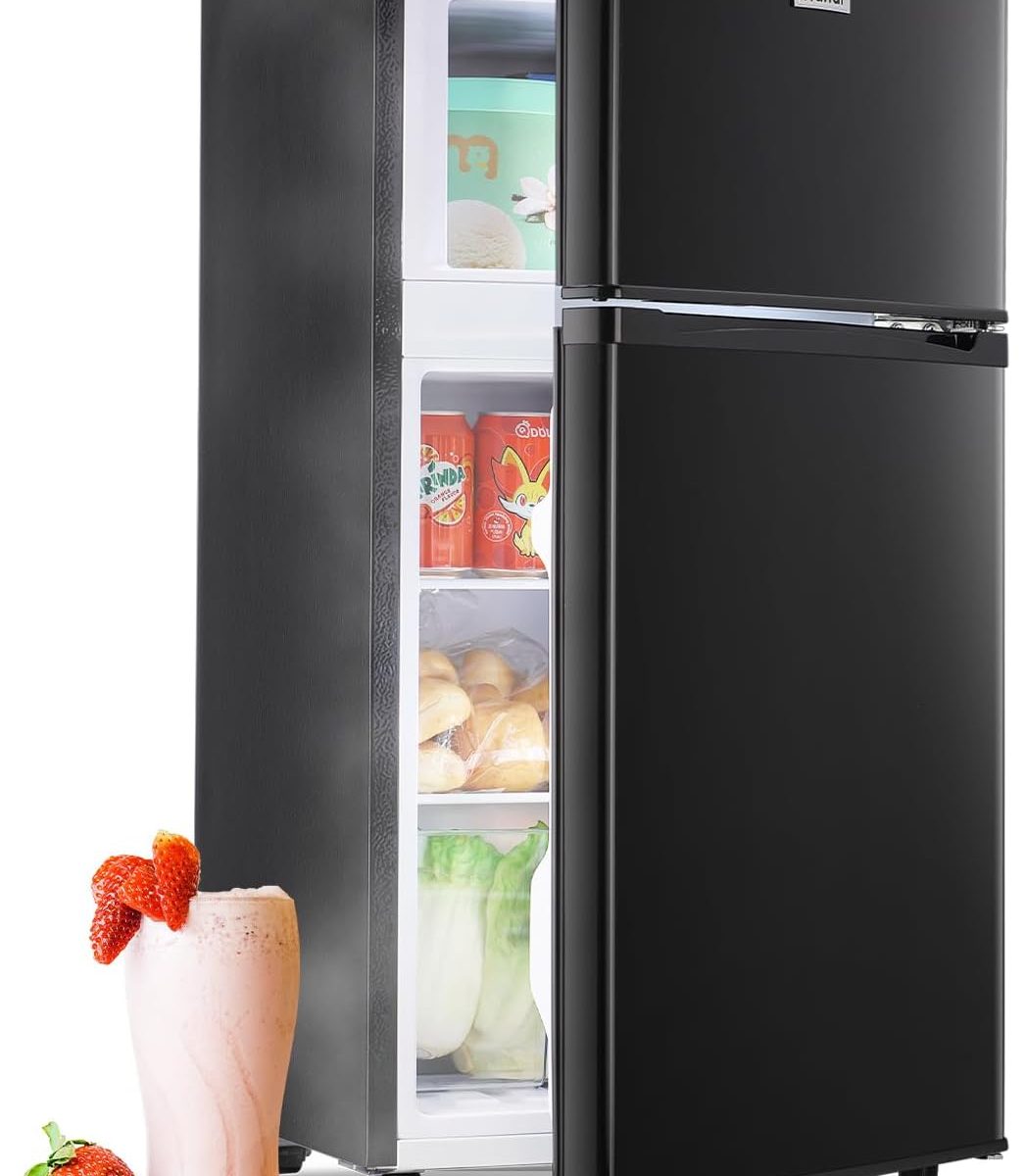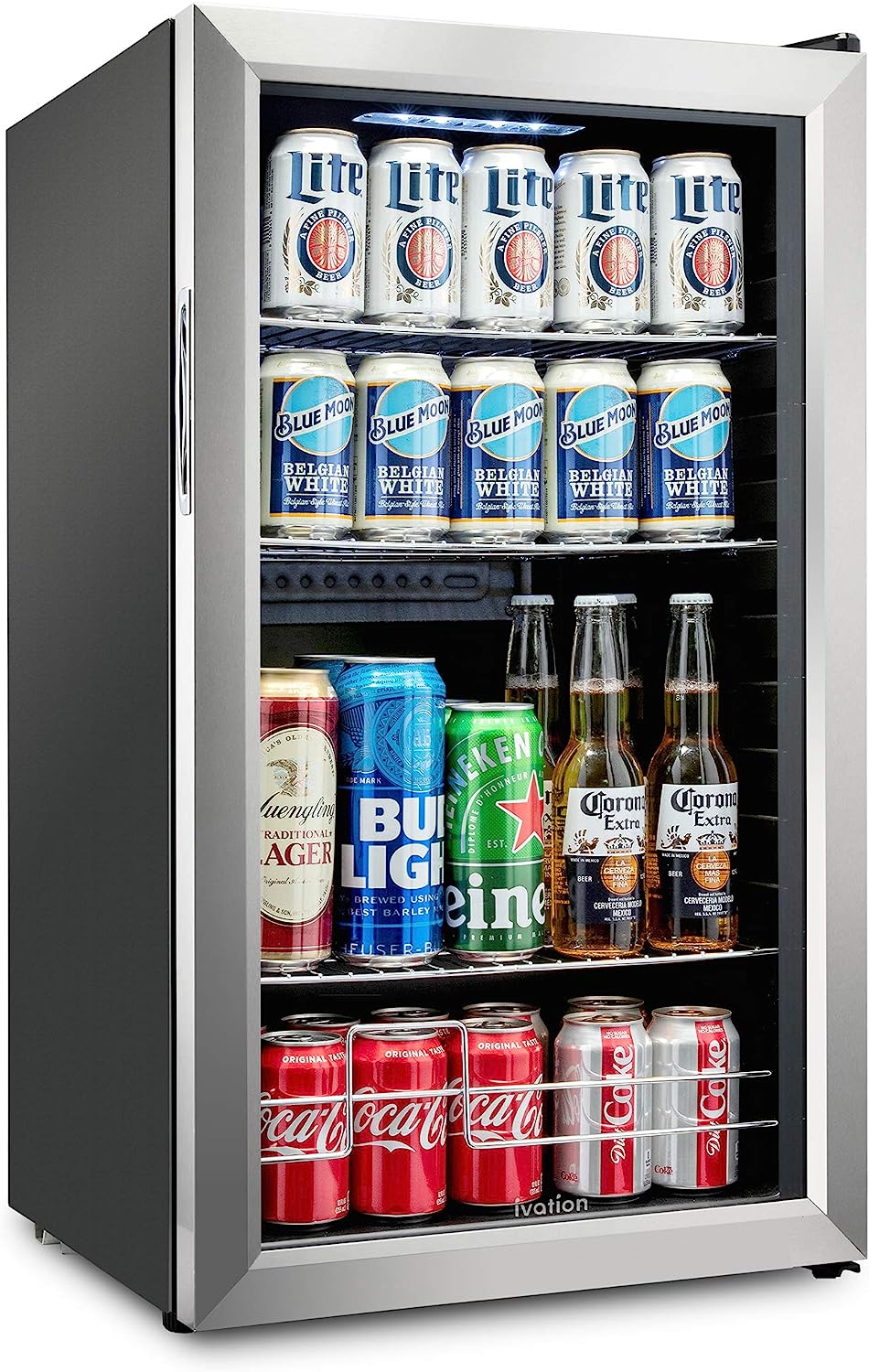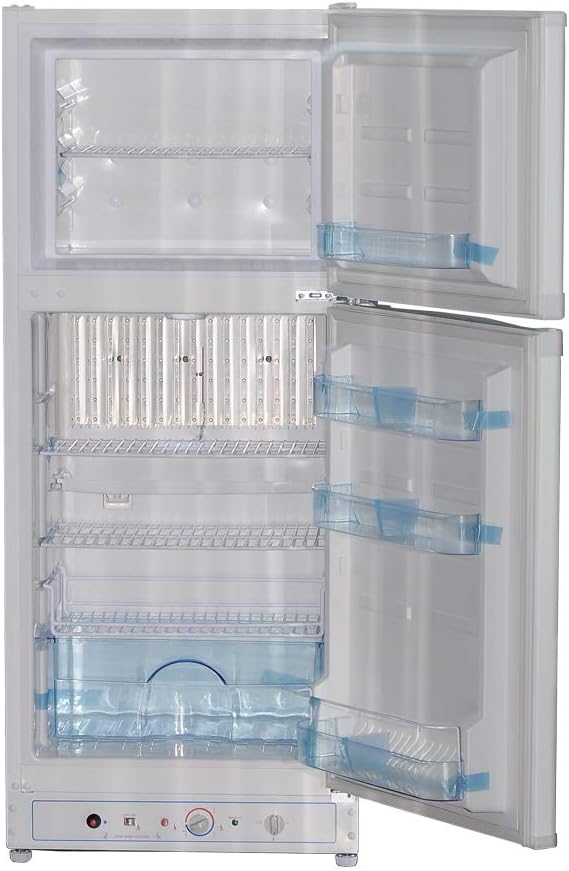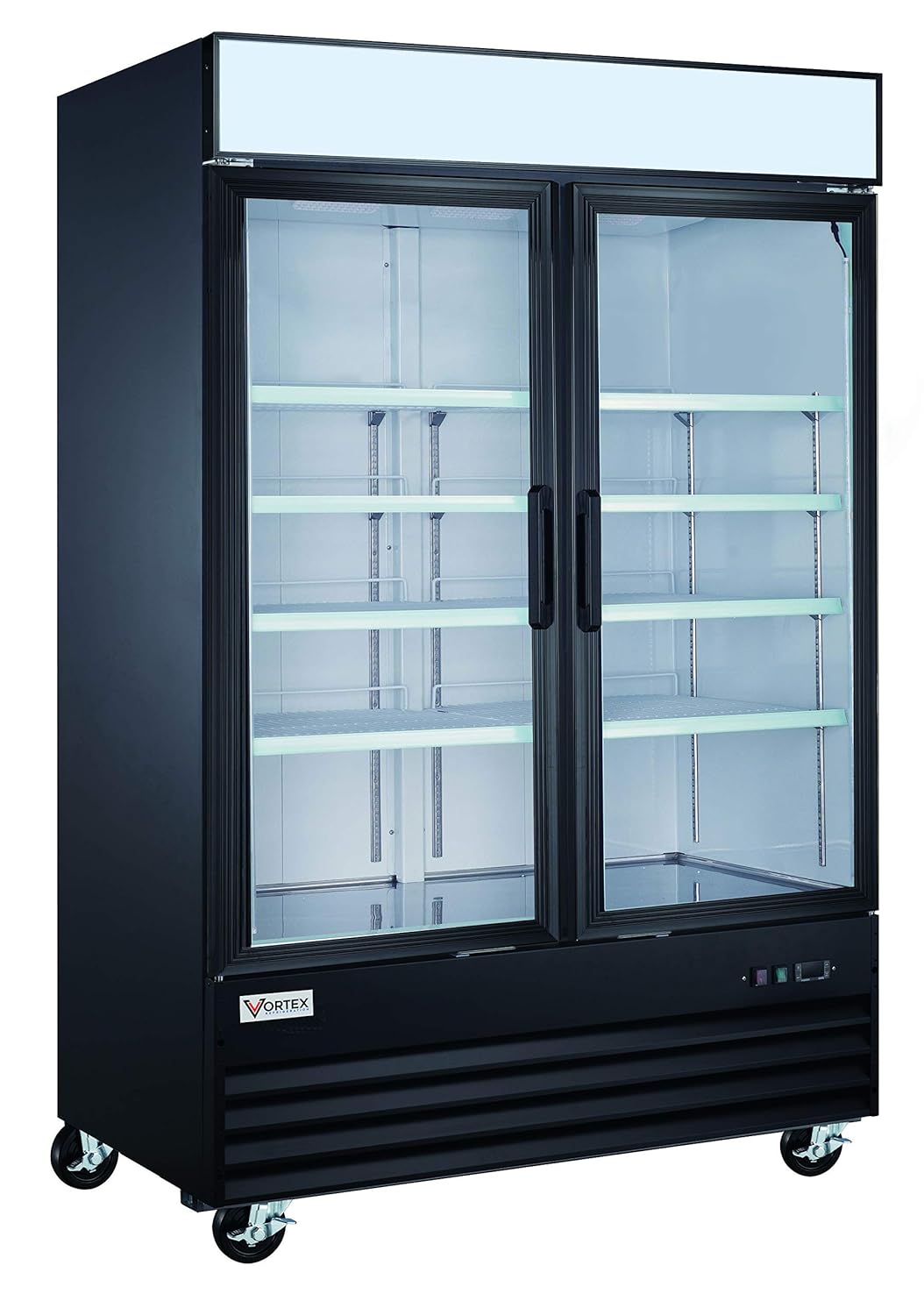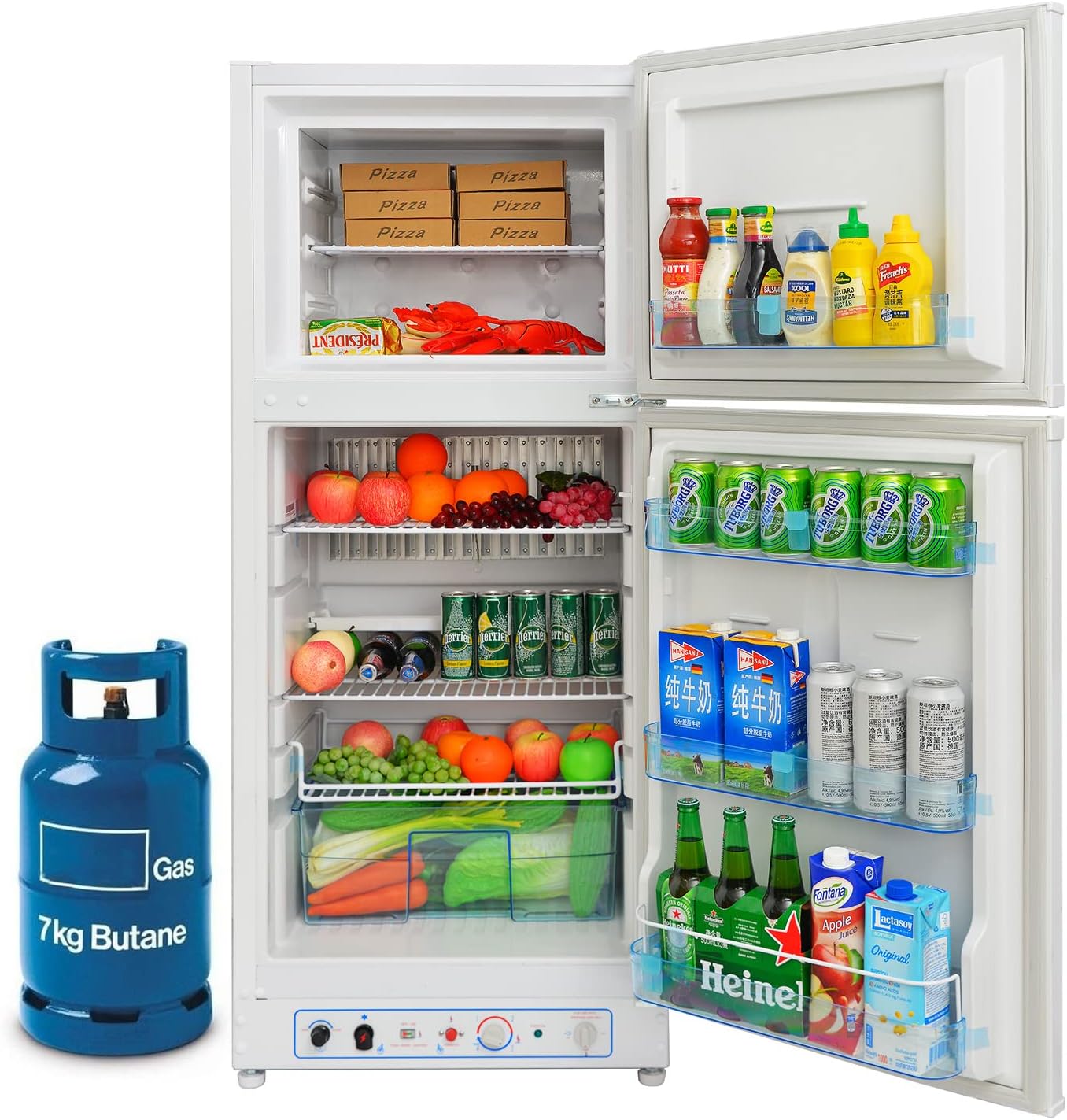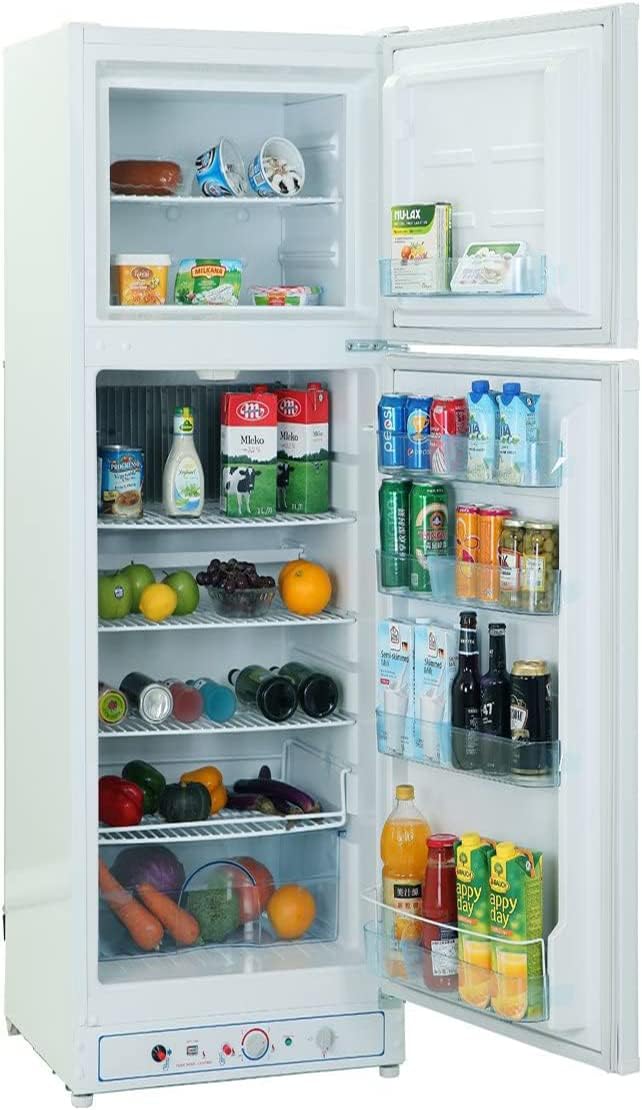Introduction:
Refrigerants are essential components in the cooling systems of refrigerators. They work by absorbing heat from the refrigerator’s interior and releasing it outside, allowing the refrigerator to maintain a cold temperature. In this article, we will explore the refrigerants commonly used in refrigerators. We will discuss their properties, environmental impact, safety considerations, regulations, and advancements in refrigerant technology. Understanding the refrigerants used in refrigerators is important for both consumers and the broader context of environmental sustainability.
What refrigerant is used in refrigerators?
Introduction to Refrigerants:
Refrigerants are substances that are used in cooling systems to transfer heat and provide cooling effects. They undergo phase changes from liquid to gas and back to liquid, enabling the transfer of heat. In refrigerators, refrigerants are essential for maintaining the cold temperatures required to preserve food and other perishable items.
Chlorofluorocarbons (CFCs):
In the past, chlorofluorocarbons (CFCs) were commonly used as refrigerants in various applications, including refrigerators. However, CFCs have been phased out due to their detrimental impact on the ozone layer. CFCs contain chlorine atoms, which can cause ozone depletion and contribute to the formation of the ozone hole.
Hydrochlorofluorocarbons (HCFCs):
Hydrochlorofluorocarbons (HCFCs) were introduced as a transitional refrigerant after the phase-out of CFCs. HCFCs contain less chlorine, reducing their ozone depletion potential. However, they still have a significant impact on the ozone layer compared to more environmentally friendly alternatives.
Hydrofluorocarbons (HFCs):
Hydrofluorocarbons (HFCs) emerged as a replacement for CFCs and HCFCs due to their lower impact on the ozone layer. HFCs do not contain chlorine and are therefore ozone-friendly. They have been widely used in refrigeration systems, including refrigerators, as a more environmentally friendly option.
Global Warming Potential (GWP):
While HFCs have a reduced impact on the ozone layer, they can contribute to global warming. Global Warming Potential (GWP) is a measure of a substance’s impact on climate change compared to carbon dioxide (CO2) over a specific timeframe. HFCs have high GWPs, meaning they have a significant warming effect relative to CO2.
Transition to Environmentally Friendly Refrigerants:
In recent years, there has been a global push to transition away from high-GWP refrigerants, including HFCs, to more environmentally friendly alternatives. This transition aims to address both ozone depletion and climate change concerns. Governments, environmental organizations, and industry stakeholders have been actively promoting the shift to greener refrigerants.
Hydrofluoroolefins (HFOs):
Hydrofluoroolefins (HFOs) are a new class of refrigerants that have gained attention as a promising alternative to HFCs. HFOs have significantly lower GWPs compared to HFCs, making them more environmentally friendly. They also have favorable properties such as high energy efficiency and compatibility with existing refrigeration systems.
Natural Refrigerants:
Natural refrigerants are substances that occur naturally in the environment and have low environmental impact. They include carbon dioxide (CO2), ammonia (NH3), and hydrocarbons such as propane (R-290) and isobutane (R-600a). These refrigerants have been used for many years and can provide efficient and effective cooling.
Carbon Dioxide (CO2):
Carbon dioxide (CO2) is a natural refrigerant that has gained popularity in commercial refrigeration applications. CO2 has a low GWP and is non-toxic, making it an environmentally friendly option. However, it requires higher operating pressures, which can impact the design and efficiency of refrigeration systems.
Ammonia (NH3):
Ammonia (NH3) is another natural refrigerant that has been used for decades. It has excellent thermodynamic properties and energy efficiency, making it a suitable choice for large-scale industrial refrigeration systems. However, ammonia is toxic and requires proper handling and safety precautions.
Hydrocarbons:
Hydrocarbons such as propane (R-290) and isobutane (R-600a) are natural refrigerants that have low GWPs and excellent thermodynamic properties. They are gaining popularity in domestic refrigeration, including household refrigerators. However, like ammonia, hydrocarbons are flammable and require specific safety measures.
Safety Considerations:
While natural refrigerants offer environmental benefits, safety considerations must be taken into account. Some natural refrigerants, such as ammonia and hydrocarbons, are flammable or toxic. Proper training, installation, and maintenance are crucial to ensure safe operation and minimize potential risks.
Regulations and Standards:
To facilitate the transition to environmentally friendly refrigerants, governments and international organizations have implemented regulations and standards. The Montreal Protocol, an international agreement aimed at protecting the ozone layer, has played a significant role in phasing out ozone-depleting substances. Additionally, regulations like the European Union’s F-Gas Regulation and the United States’ Significant New Alternatives Policy (SNAP) program aim to reduce the use of high-GWP refrigerants.
Advancements in Refrigerant Technology:
The refrigeration industry continues to invest in research and development to find even more environmentally friendly refrigerants. Efforts are focused on developing alternatives with lower GWPs, improved energy efficiency, and safety profiles. Ongoing advancements in refrigerant technology aim to strike a balance between performance, environmental impact, and safety.
Collaboration and Industry Initiatives:
The transition to environmentally friendly refrigerants is not just the responsibility of consumers. Refrigerator manufacturers, regulatory bodies, and industry stakeholders play a crucial role in driving the adoption of greener alternatives. Collaborative efforts and research initiatives are essential for developing innovative technologies and solutions that further minimize the environmental impact of refrigerants.
Environmental Awareness and Education:
Increasing awareness and education about the impact of refrigerants on the environment is vital. Consumers, manufacturers, and policymakers should prioritize education on the benefits of environmentally friendly refrigerants, their safe use, and proper disposal to ensure a sustainable future.
Conclusion:
Refrigerants are critical components in refrigeration systems, including refrigerators. Chlorofluorocarbons (CFCs) and hydrochlorofluorocarbons (HCFCs) have been phased out due to their adverse effects on the ozone layer. Hydrofluorocarbons (HFCs) were introduced as replacements but have high global warming potential (GWP). The industry is transitioning to more environmentally friendly options, including hydrofluoroolefins (HFOs), carbon dioxide (CO2), ammonia (NH3), and hydrocarbons.
Natural refrigerants offer lower GWPs and improved energy efficiency, but safety considerations must be taken into account. Governments and organizations have implemented regulations and standards to facilitate the shift towards greener refrigerants. Ongoing advancements in refrigerant technology aim to improve the environmental impact and efficiency of refrigeration systems. As consumers, it is important to be aware of the refrigerants used in refrigerators and support the use of environmentally friendly options for a more sustainable future.

